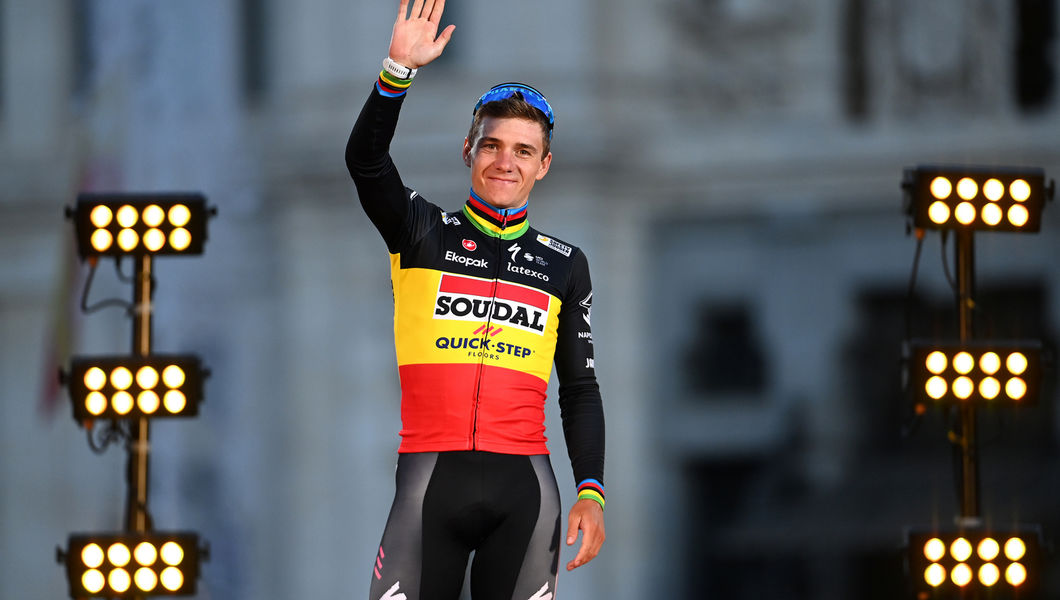Lots of climbing again and a total of 3265 kilometers next year.
Back in 1997, Portugal hosted the first foreign start of the Spanish Grand Tour, and now, 27 years later, it will do it again on August 17, when the race gets underway with an individual time trial held on the streets of Lisbon. Two days later, the riders are set to make a short visit to Andorra, before the first of the Grand Tour’s nine uphill finishes – Pico de Villuercas.
Cordoba, the most sophisticated, cosmopolitan and advanced city in Europe at one point during the Middle Ages, returns on the map in the opening week, when the peloton will take on some tough climbs, including the Hazallanas, in the famous Sierra Nevada mountain range.
Week two brings more challenges that will seriously test the GC contenders, such as Manzaneda, Ancares and Cuitu Negru, the last of these returning eleven years after Dario Cataldo, wearing our team’s colors, tamed the gruelling double-digit gradients and won at the first visit there. The last part of La Vuelta will start with Lagos de Covadonga, maybe the most emblematic ascent in the history of the race, tackle Alto de Moncalvillo and Picon Blanco – which many know from the Vuelta a Burgos – and conclude with a flat time trial, which promises to make things exciting in Madrid.
“There are some changes, like the fact we start with a stage against the clock and finish everything with another time trial, in Madrid, something which I believe hasn’t happened since 2004. The uphill finishes come fast, just a couple of days into the race. The heat could also be a problem in the first week, but things should change once we head north. Overall, it’s a hard parcours, with plenty of opportunities for the climbers and just a few for the sprinters, so we’ll sit down this winter and see what our strategy and goals should be”, said Soudal Quick-Step sports director Wilfried Peeters.
Photo credit: ©Tim De Waele / Getty Images
